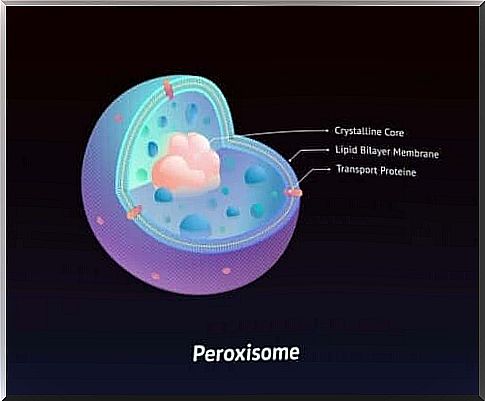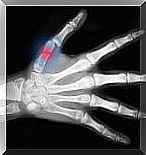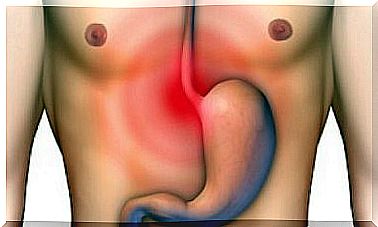The Zellweger Syndrome: Everything You Need To Know
The Zellweger Syndrome was described in 1964 and is associated with the presence of certain gene mutations. Read on and find out more about the topic!

Zellweger syndrome is a condition that affects functions such as muscle tone or visual and auditory perception. It also affects the tissues of the bones or organs such as the heart and liver.
The Zellweger syndrome was described in 1964 and is associated with the presence of certain gene mutations in combination. These mutations are transmitted through autosomal recessive inheritance. In other words, both the father and mother must have the mutations in their genetic material.
Children diagnosed with Zellweger syndrome tend to die before they turn a year. However, many die before the age of six months.
Death usually occurs as a result of changes in the liver, airways, and gastrointestinal system. However, people with mild variants of this condition can live into adulthood.
The Zellweger Syndrome

Zellweger syndrome belongs to a group of diseases that have the same genetic cause. These causes are disorders of peroxisome biogenesis, also known as Zellweger spectrum disorders. Peroxisomes are organelles that play a role in the proper functioning of some enzymes.
Currently, experts know that these are not independent changes. It has been shown that these are different degrees of severity of disorders of peroxisome biogenesis.
The classic Zellweger syndrome is the most serious variant of peroxisome biogenesis disorders. However, cases of moderate severity are known as neonatal adrenoleukodystrophy. The milder cases in this regard are known as Refsum’s Infantile Disease.
Characteristic symptoms and signs
In Zellweger’s syndrome, a change in the biogenesis of the peroxisome leads to neurological deficits. Because of this, there are a wide variety of symptoms that affect different body systems and functions.
The following are the most common and characteristic symptoms of Zellweger Syndrome:
- Decreased muscle tone
- Eye and vision disorders
- Difficulty in eating
- Impairment of normal physical development
- Presence of characteristic facial features such as a flattened face, a high forehead and a wide nose
- Likewise, the presence of other morphological changes and abnormalities in bone structures
- Increased risk of developing heart, liver and kidney diseases
- Respiratory illnesses such as apnea
- Increased liver size and the appearance of cysts in it
- Detection of electroencephalographic recording abnormalities and seizures
- Finally, general changes in the functioning of the nervous system
Zellweger syndrome and its causes

Zellweger syndrome has been linked to the presence of mutations in at least 12 genes. Although there can be changes in several genes, one changed gene is sufficient.
In about 70% of the cases, the mutation is in the PEX1 gene. As we mentioned earlier, the disease is transmitted through an autosomal recessive mechanism of inheritance.
This means that a person must inherit a mutated copy of the gene from each of their parents in order to show the typical symptoms of Zellweger syndrome. If both parents carry the mutated gene, there is a 25% risk of developing the disease. These genes are related to the synthesis and function of peroxisomes.
Peroxisomes are parts of the cellular structure of organs like the liver. This organ performs extremely important functions, such as the following:
- Fatty acid metabolism
- Disposal of waste materials
- General brain development
Treatment and management of the disease

There is currently no known treatment that will correct the pervasive abnormalities that cause Zellweger syndrome. Therefore, the treatment of this disease is symptomatic.
Feeding problems are a relevant symptom as they pose a risk of malnutrition due to the difficulty in swallowing food . Therefore, the child may need a feeding tube to minimize developmental disorders.
Treatment of this syndrome is multidisciplinary. In this sense, the treatment teams can consist of specialists in pediatrics, neurology, orthopedics, ophthalmology and surgery.









